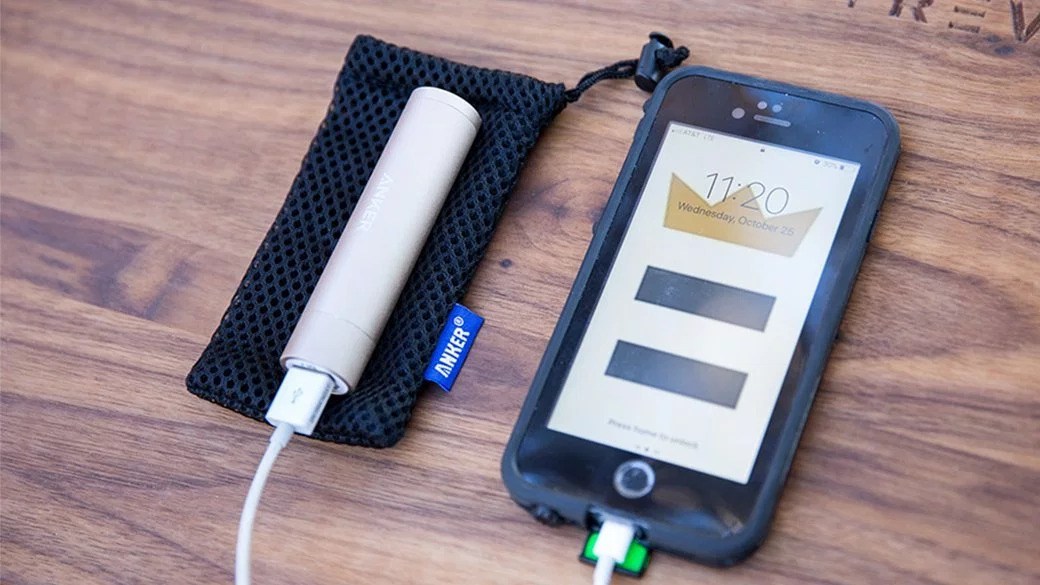MILWAUKEE (AP) – U.S. Speedskating needed an altitude adjustment after getting shut out in Sochi.
Maybe the change will help the United States reclaim golden glory this month at the Pyeongchang Olympics.
The U.S. team was left off the medal stand in 2014 after training too long at altitude even though those games were held near sea level in Russia.
Fast forward four years and the Americans have adjusted their preparation routine to spend more time training at the Pettit National Ice Center, one of the sport’s important venues, ahead of the Pyeongchang Games . Like Pettit, the oval in South Korea is at sea level.
“Having them be here is going to give them a similar (feel) on the ice once they get over to Korea,” said Bonnie Blair Cruikshank, a vice president of the Pettit’s board of directors. She’s also speedskating royalty as a five-time Olympic gold medalist who spent much time training at the big rink on the outskirts of Milwaukee.
“It’s a perfect place for them to train and know what they’re going to be feeling like” in South Korea, Blair Cruikshank said.
The Pettit had been overtaken by the Utah Olympic Oval, which is about 4,600 feet above sea level, as the home for top speedskaters in recent years. The U.S. Olympic trials were held in Utah four years ago ahead of Sochi.
A lack of familiarity with high-tech skins suits was among other factors contributing to the embarrassing outcome for the United States in what had been its most successful Winter Olympics sport. U.S. Speedskating held its pre-Sochi camp at a frigid outdoor rink in the mountains of Italy.
This time, the Americans held their camp indoors at the Pettit, where the Olympic trials also were held for the first time since 1998. Another camp at the Pettit in January 2017 sandwiched a visit typically held each year in September.
“Four years ago when we selected our team in Salt Lake, there was a lot of pushback – the Milwaukee people were upset,” said Guy Thibault, U.S. Speedskating’s high performance director. “Sochi is a slower rink, and people were wondering why we’re picking a team at altitude.”
Logistics played a role, too, Thibault noted, with NBC needing the selections to take place in Utah. The short-track trials immediately followed the long-track trials in 2014, and television coverage is good for publicity for a sport that draws the most attention in Olympic years.
The move to Milwaukee worked out this year.
“It’s better for the sport overall,” Thibault said.
At higher altitudes, “there’s less air slowing you down” because the density is thinner, Thibault said. A skater can glide a little more.
“So you’re cutting through the air a lot faster in Salt Lake, hitting a lot higher speeds, a lot less resistance,” said Brittany Bowe , a 2014 Olympian and medal contender this year . Bowe and fellow American Heather Bergsma have dominated the 1,000 and 1,500 distances internationally.
At sea level, it takes a little more energy to cut through the thicker air.
“Therefore the times are slower,” Bowe said. “You just have to adjust the way that you’re skating a little bit, you have to adjust your mental tactics and capacity and realize you’re not going to be hitting those speeds in Salt Lake.”
Olympian Jonathan Garcia said team members have probably spent about eight weeks in Milwaukee in each of the last two years. He feels good heading into South Korea after reaching personal bests at sea level.
“I just think it’s like training with a weight vest for another sport. It gives you that extra resistance that you wouldn’t have in Salt Lake,” Garcia said. “So it’s not so much as a shock to the body.”
Milwaukee offers added comfort because of its speedskating roots .
The Pettit is celebrating its 25th anniversary. Before the Pettit opened in 1992, the location was home to the outdoor Wisconsin Olympic Ice Rink, where five-time gold medalist Eric Heiden trained. Blair Cruikshank and another gold medalist, Dan Jansen, trained at the Pettit ahead of the 1994 Winter Games in Lillihammer, Norway.
The return of the Olympic trials in early January drew sold-out crowds, a sign that it may not take another two decades for the most important speedskating event in the United States to return to Wisconsin.
“For the sport, I’m excited for the Olympic trials and the excitement it created,” Blair Cruikshank said. “Now it’s nice that this is the facility where they were (training) in for their final preparations.”




















































































































